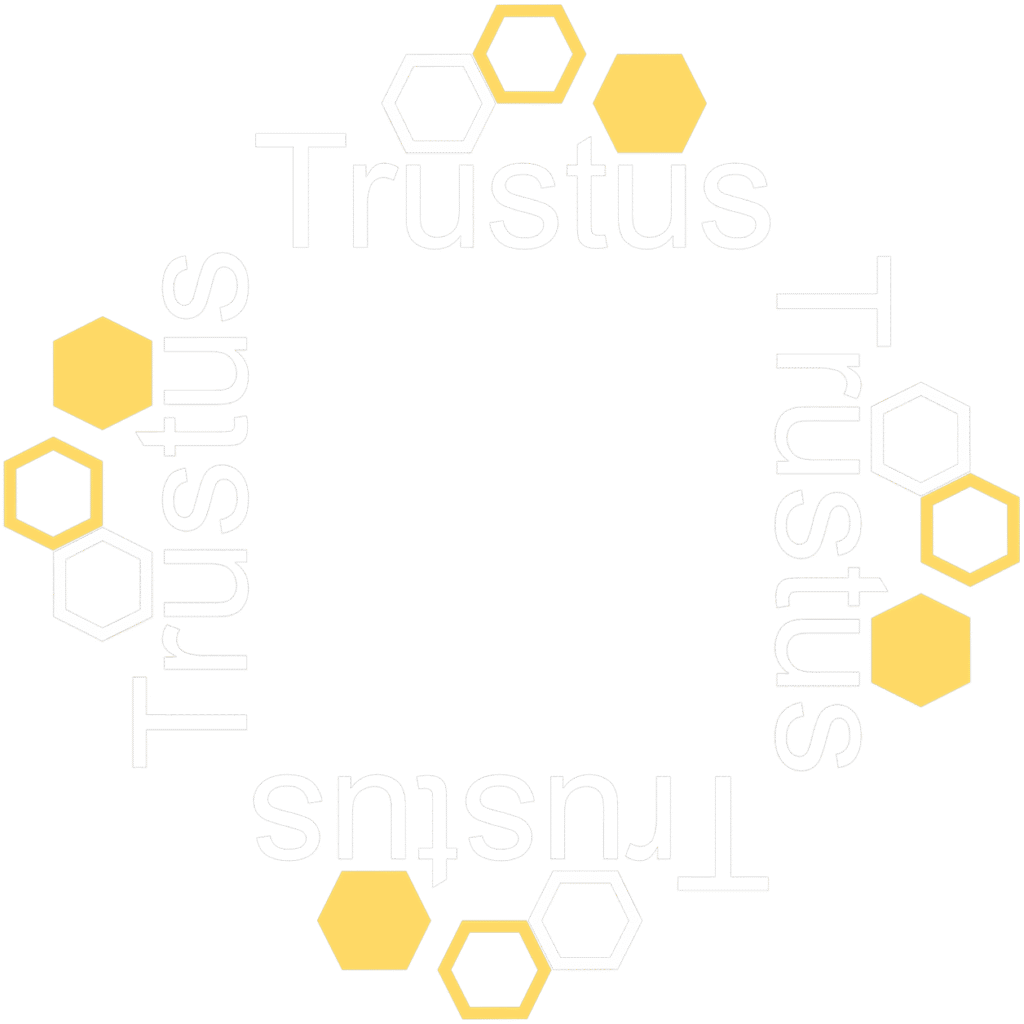Trustus secures
IAM & SSO users
Wraps IAM & SSO connections
Eliminating single-point of failure:
IAM, SSO
Compromise one,
compromise all
Trustus Privacy Bridge
Session hijacking risks.
High-impact credential theft.
Breaches affect all linked systems.
Phishing vulnerabilities due to unified login.
Broad access control, integration complexity.
Trustus
vs Traditional MFA Tools
Features
Trustus
Traditional MFA
Authentication
Method
100% phish-resistant, cryptographically strong, certificate-based authentication. Credentials are not used or needed.
Relies on phishable factors (e.g., user credentials, SMS
OTP codes, push notifications) that can be intercepted
or tricked.
Continuous
Authentication
Provides continuous, certificate-driven authentication, constantly validating users and devices transactional activities pre- and post- login and instantly ejecting
non-compliant devices.
Authentication checks are static, primarily occurring only at login, missing ongoing security risks during a session.
Passwordless
Experience
Delivers a 100% passwordless experience, enabling seamless login across all devices and operating systems without manual input.
Always requires passwords and/or a second device for authentication.
User and Device
Validation
Simultaneously validates both user digital identity
and device trustworthiness, driven by pre-approved, revalidated X.509 user certificates.
Primarily authenticates the users by self determination, neglecting the digital identity and security posture of the user and device.
Encryption
Two-way mTLS encryption between devices and applications for maximum, unbreakable data leak
during transmissions.
One directional encryption only using the domain server's crypto-keys.
Security Stack Integration & Management
Features a fully integrated, self-contained PKI
that seamlessly enriches the security stack with cryptographically linked audit logs, simplifying policy enforcement and enabling easy, self-managing compliance.
Offers limited integration with the broader security
stack, often providing siloed logs with shallow context. Administrators struggle with complex policy enforcement.

